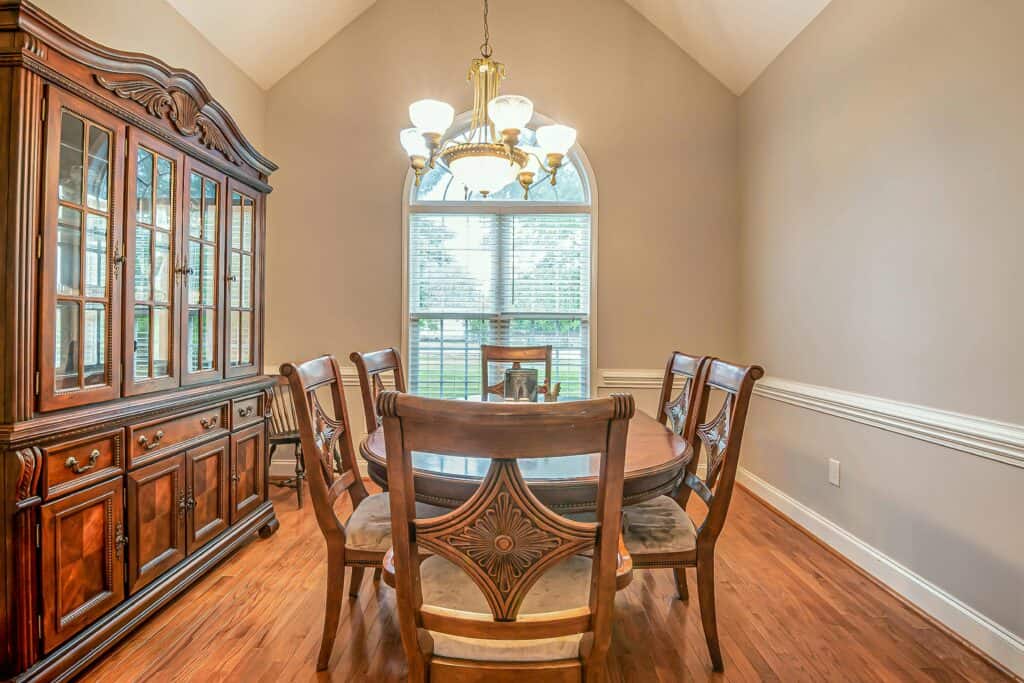In the ever-evolving world of interior design, antique and vintage chairs have carved out a unique and lasting place at the table. Their timeless appeal, crafted workmanship, and ability to evoke nostalgia make them a favoured choice for both collectors and everyday homeowners. Unlike mass-produced modern furniture, vintage chairs offer a distinctive charm and history that tells the story of design trends from past decades. These pieces not only serve a functional purpose but also provide a window into the past, reflecting the cultural and artistic advancements of their time.
The Historical Appeal of Antique and Vintage Chairs
The allure of vintage chairs often begins with their connection to a specific era. From the Art Deco styles of the 1920s to the bold Mid-Century Modern designs of the 1950s and 1960s, these chairs encapsulate the spirit of their respective periods. For example, the geometric shapes and sleek lines of chairs from the Bauhaus movement reflect the rise of industrialisation and a shift towards minimalist design. Meanwhile, chairs from the Victorian era, with their ornate carvings and plush upholstery, echo the opulence and grandeur of the 19th century.
The craftsmanship found in vintage chairs is another key factor that sets them apart from contemporary designs. Many vintage chairs were handmade, often using techniques that are rare in today’s mass-produced furniture industry. Hand-carved wooden legs, intricate joinery, and carefully upholstered seats are hallmarks of quality that have stood the test of time. These details, combined with the use of high-quality materials such as solid wood, leather, and brass, make vintage chairs both durable and beautiful.
Styles and Influences
Vintage chairs come in a wide range of styles, each with its own distinct aesthetic:
Victorian and Edwardian Styles: Chairs from the Victorian era (1837-1901) were often grand. They featured intricate woodwork, elaborate carvings, and lush fabrics like velvet and brocade. The Edwardian period (1901-1910) followed with more refined and less ornate designs, though still maintaining a level of elegance. These chairs often featured curved lines and upholstered seats, providing both comfort and style.
Art Deco: The 1920s and 1930s brought the rise of Art Deco, a design movement characterised by its embrace of luxury and modernity. Art Deco dining chairs often feature angular lines, geometric shapes, and a mix of materials such as chrome, glass, and exotic woods. They evoke the glamor of the Jazz Age and can add a bold statement to any dining room.
Mid-Century Modern: Perhaps the most recognisable and popular of vintage dining chair styles today, Mid-Century Modern designs from the 1940s through the 1960s are known for their simplicity, functionality, and innovative use of materials. Designers like Charles and Ray Eames, Hans Wegner, and Arne Jacobsen revolutionised furniture design with their sleek, minimalist chairs, often made of moulded plastic, plywood, or metal. These chairs blend seamlessly into contemporary interiors due to their timeless designs.
Scandinavian Design: Scandinavian furniture from the 1950s and 1960s, heavily influenced by Danish designers, emphasises clean lines, functionality, and natural materials like teak and leather. The famous Wishbone Chair by Hans Wegner is a perfect example, with its light, airy design and ergonomic form. These chairs remain popular due to their understated elegance and versatility in various design settings.
Rustic and Farmhouse Styles: For those seeking a more laid-back and cosy aesthetic, vintage farmhouse-style dining chairs offer a blend of simplicity and charm. Typically made from solid wood, often in a distressed or weathered finish, these chairs evoke a sense of countryside comfort. They work beautifully in rustic or industrial-inspired interiors, adding warmth and a sense of history to the space.
The Practicality and Versatility of Vintage Chairs
One of the biggest appeals of vintage chairs is their versatility. Whether your home’s aesthetic is traditional, modern, eclectic, or minimalist, vintage chairs can be seamlessly integrated into the design. Beyond aesthetics, vintage chairs are often more durable than their modern counterparts. Made with high-quality materials and expert craftsmanship, these chairs were built to last. While today’s furniture often relies on particleboard and veneer, many vintage chairs are made from solid wood. These can be refinished and repaired over time, extending their lifespan and making them a more sustainable choice.
Our Vintage Dining Chairs
At Village Vintage, we currently have a wonderful set of four Vintage French Dining Chairs available. In wonderful condition, standing at 96cm, these classically styled hardwood frames, are very substantial and heavy. Comfortable, timeless and finished with cream piping for that extra elegant detail, these are perfectly suited to the kitchen or dining room.
To see more of the beautiful vintage and antique furniture we have available, click here.
Get in Touch
At Village Vintage, we’re passionate about delivering the best results for our valued customers. If you’re thinking of investing in some vintage or antique items for the home, we’d love to help. Simply get in touch with us by filling out our contact form and one of our friendly team will get back to you.






